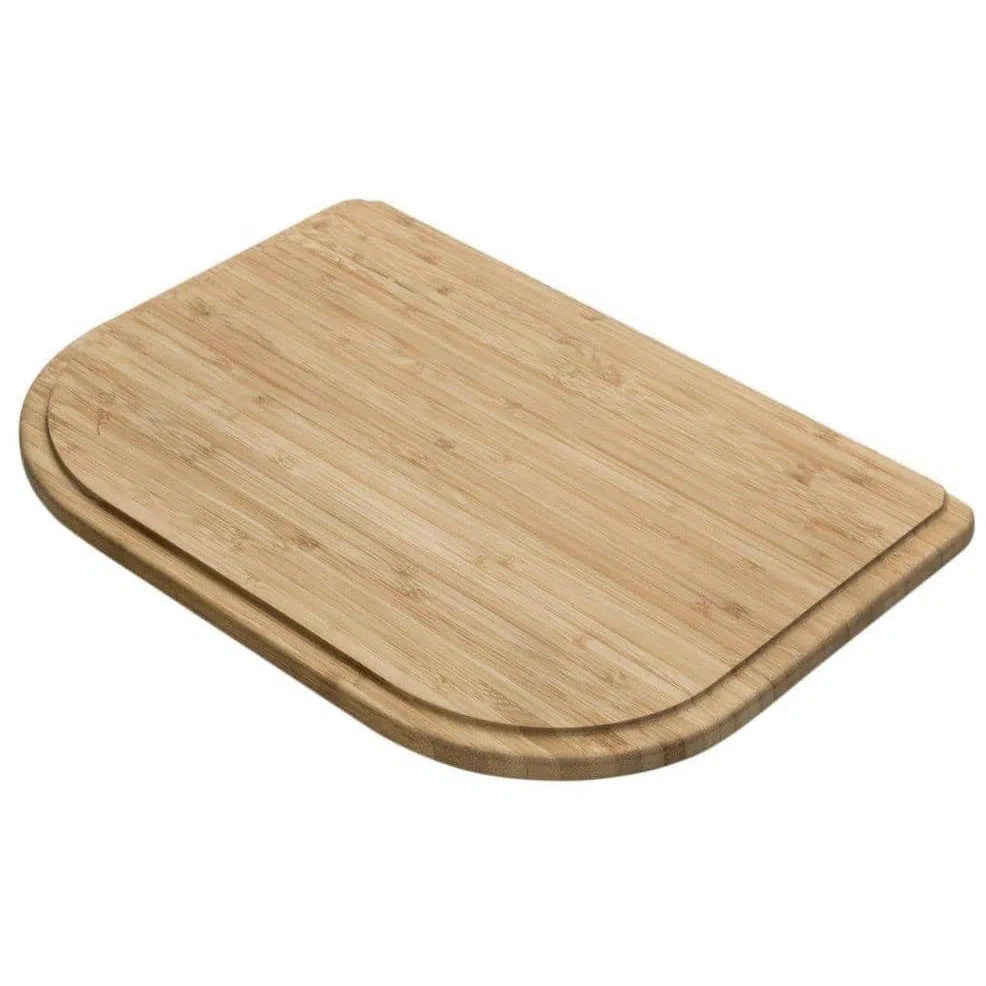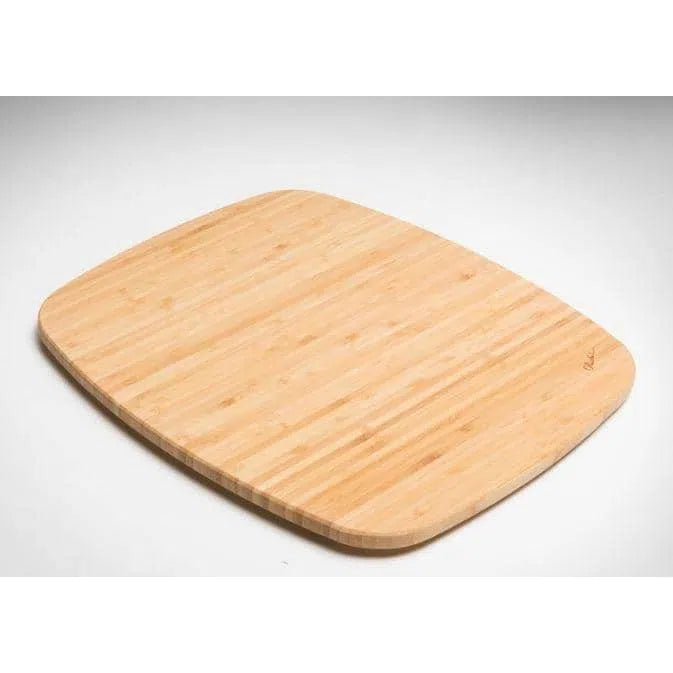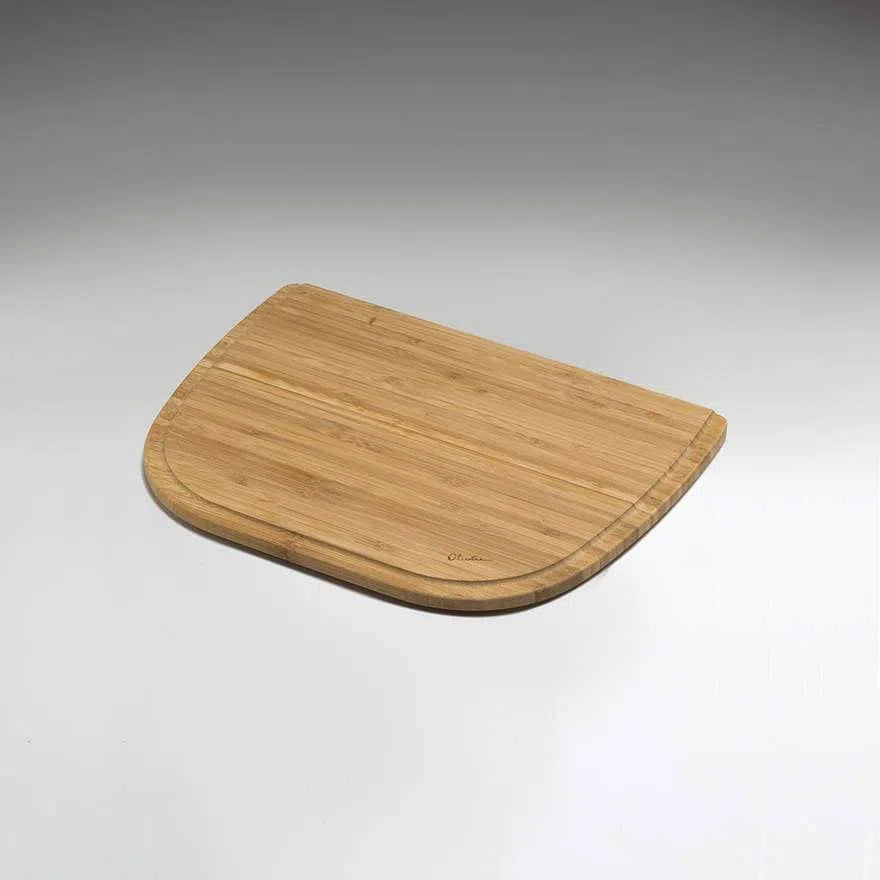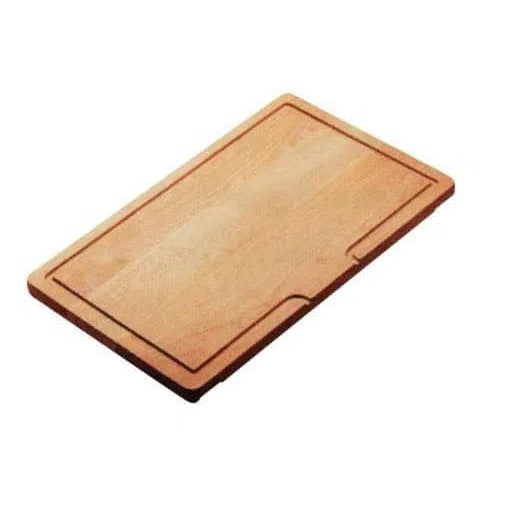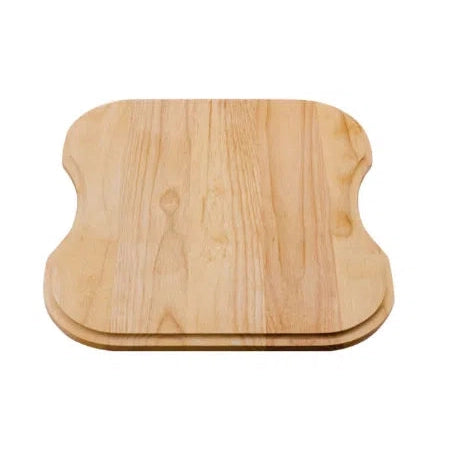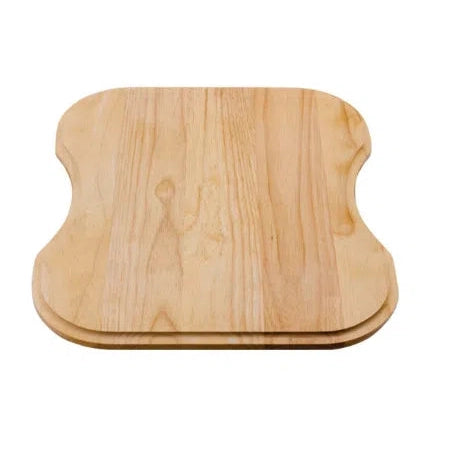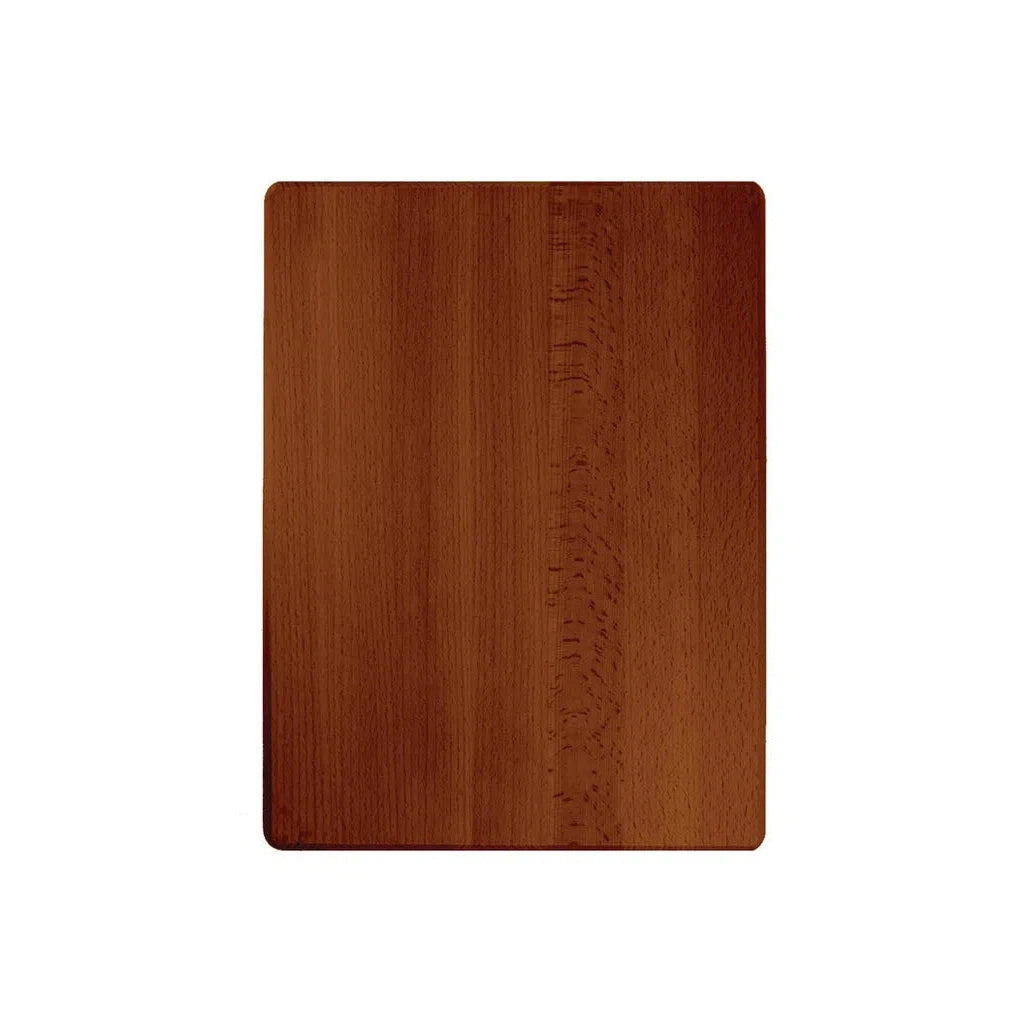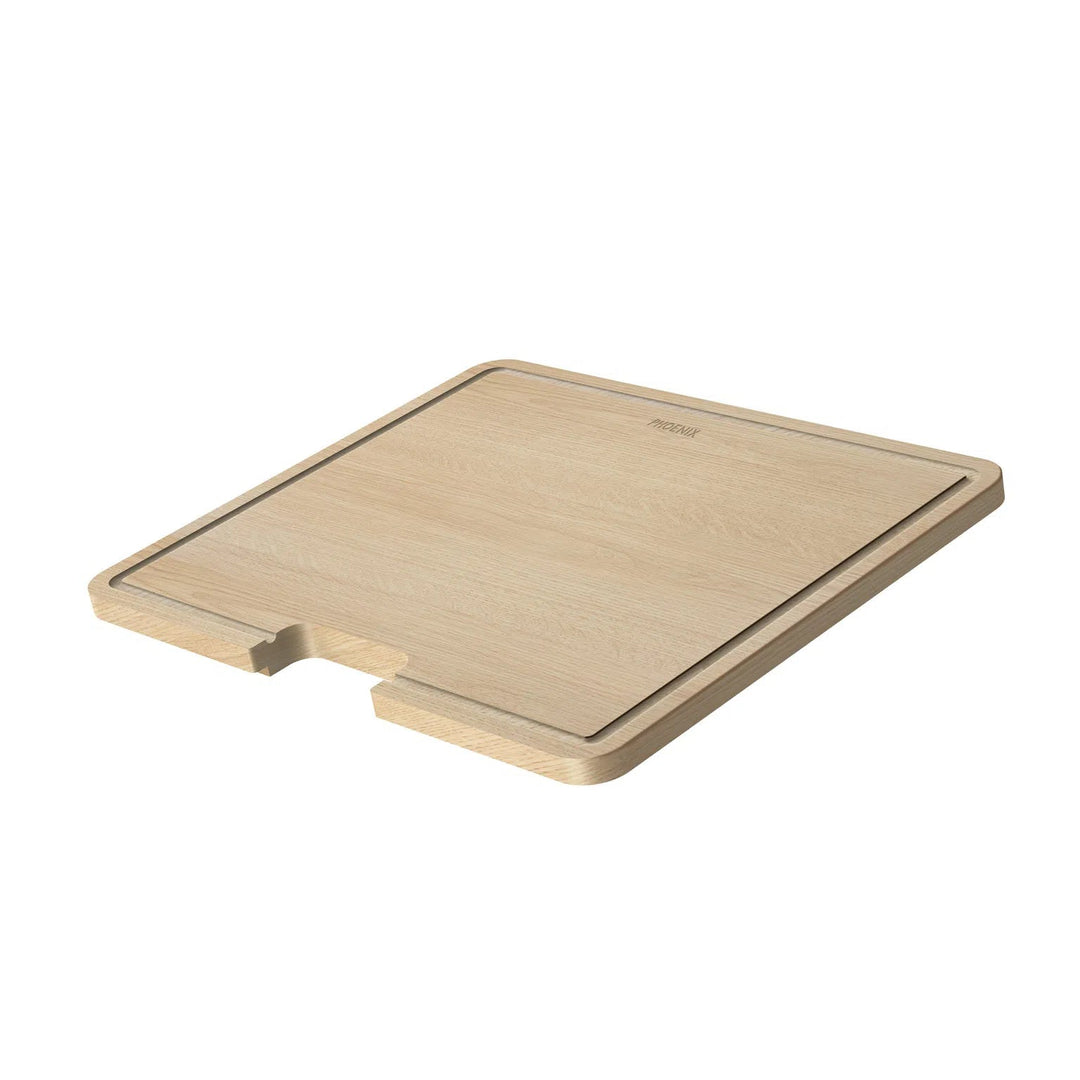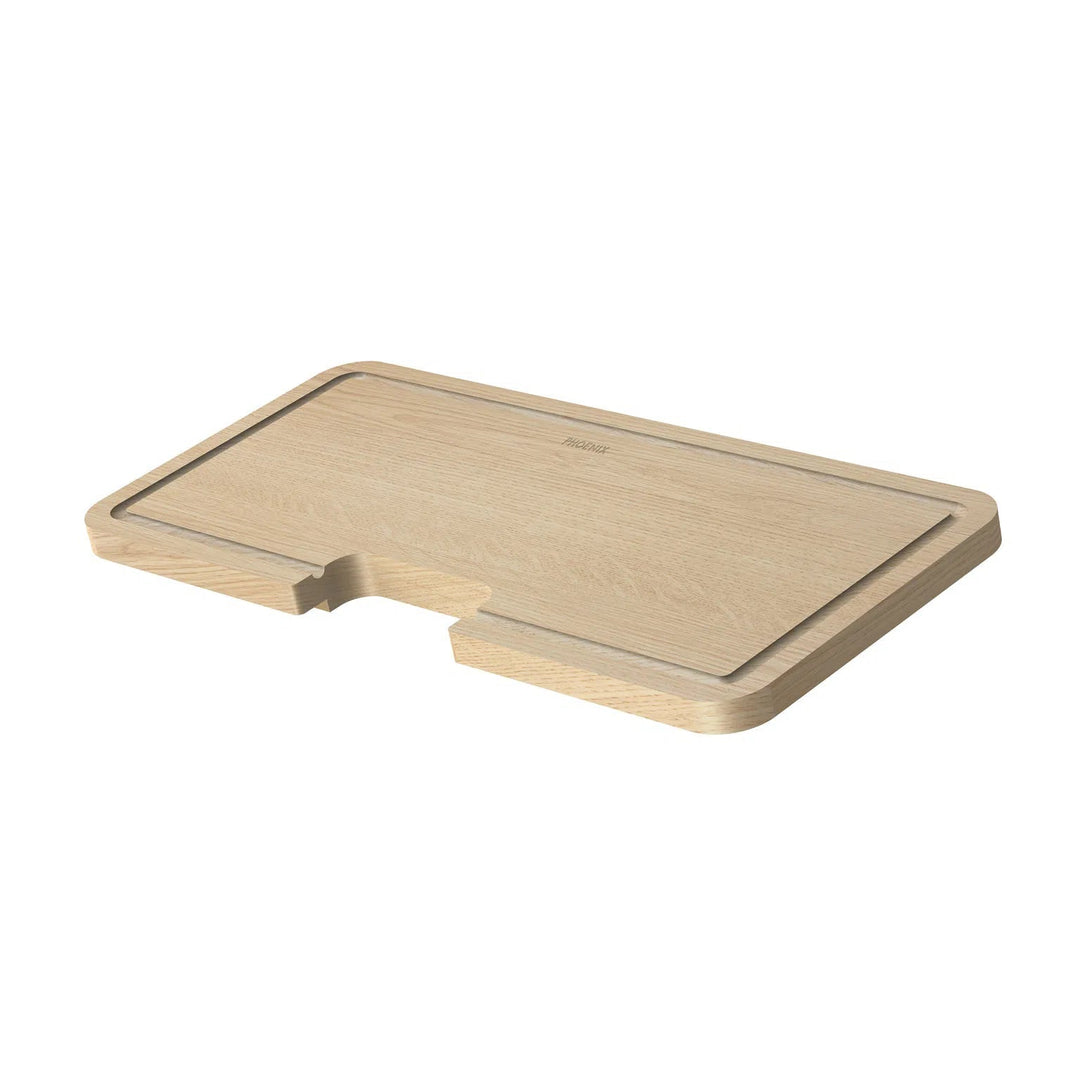Cutting and chopping boards are essential kitchen tools that provide a sturdy and hygienic surface for various food preparation tasks. Whether you're slicing, dicing, mincing, or chopping ingredients, having the right boards can make your kitchen tasks more efficient and enjoyable. When selecting the right boards for your kitchen, several factors must be considered. Here are some key considerations:
Material
Choose a material that suits your preferences and functional needs. Wood, bamboo, plastic, and composite materials are standard options for cutting and chopping boards. Wood and bamboo boards offer a natural and aesthetic appeal, while plastic and composite boards provide durability and ease of maintenance.
Size and Thickness
Determine the size and thickness of the boards that suit your cooking needs and available counter space. Consider the types of ingredients you typically work with and the amount of surface area you require. A giant board provides more cutting or chopping space, while a smaller one is more portable and easier to store.
Functionality
Think about the functionality and features you desire in cutting and chopping boards. Some boards have a groove or trench around the edges to catch juices and prevent them from spilling onto the countertop. Others have nonslip grips or feet to provide stability during use. Choose the features that align with your specific cooking needs.
Maintenance
Consider the maintenance requirements of the boards. Some materials require special care, such as regular wooden or bamboo boards oiling, while others can be easily cleaned with soap and water. Ensure that the boards are cleaned thoroughly after each use to maintain hygiene and prevent the growth of bacteria.
Separate Boards for Different Food Types
It is recommended to have separate cutting and chopping boards for different types of food, mainly to prevent cross-contamination. Dedicated boards for meats, poultry, fruits, vegetables, and other ingredients help maintain food safety and prevent the transfer of flavours or bacteria.
Frequently Asked Questions
Can I use a dishwasher to clean my chopping boards?
While some cutting and chopping boards are dishwasher-safe, it's generally recommended to hand wash them with warm soapy water. Excessive exposure to high heat and harsh detergents in the dishwasher can damage certain materials and affect the boards' longevity.
How do I remove stains or odours from my cutting boards?
To remove stains, you can create a paste using baking soda and water and gently scrub it onto the board. Let it sit for a few minutes before rinsing thoroughly. For odours, rub the board with a cut lemon or apply a mixture of vinegar and water, then rinse and air dry.
What are the benefits of using separate cutting and chopping boards for different food types?
Using separate boards for different food types helps prevent cross-contamination, ensuring food safety. It reduces the risk of transferring flavours or bacteria from one ingredient to another, maintaining the integrity and freshness of each food item.
